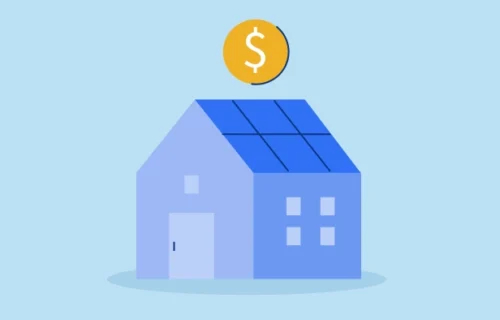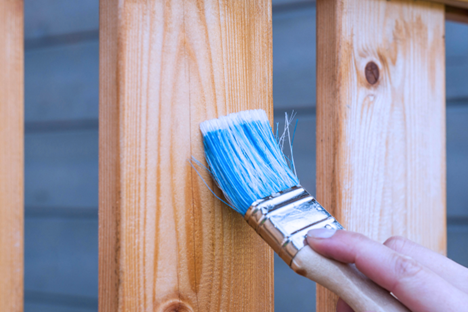
Connect with a Lima One expert today!
If you’d like to know more about this topic or see how it applies to your project, let’s talk.
Fix and FlipScaling Your Portfolio
What We Learned from the 1st Quarter 2023 Fix and Flip Data

ATTOM data released its latest Fix and Flip data this week, covering the first quarter of 2023. Here are the major trends that real estate investors need to be aware of.
Flips continue to gain market share because the overall real estate market is slower.
The flip rate in January-March 2023 was 9%, meaning that 9 of 100 home sales were flips. This is up from 8% in the previous quarter and the second highest rate in the last 23 years.
It’s worth noting, however, that the number of flips decreased nearly 10% from 80,335 to 72,960. This rate of decline was less than the overall decrease across all transaction types, showing that real estate investment transactions continue to be more durable than the forward mortgage market. This should give real estate investors confidence that there are still deals that make sense even in a market marked by tight inventory and higher interest rates.
One interesting stat—the five metros with the highest flip rates were all in the southeast, giving investors a clear picture of where flip volume is still high.
Metros with largest flip rates:
- Macon, GA = 16.8%
- Atlanta, GA = 15.3%
- Jacksonville, FL = 15.2%
- Memphis, TN = 14.4%
- Clarksville, TN = 14.3%
Flip profit margins increased, and should continue to grow through 2023
Flip profit averages increased from $53,500 to $56,000. This increase came largely from sales prices, which were up $5,000 quarter over quarter.
This is significant. While the price to purchase a flip was flat quarter over quarter, the increased sales price indicates that flippers are able to benefit from tight inventory with higher prices on exit—despite higher interest rates. Again, this is good news for investors who are continuing to transact in today’s market.
The increased profit margins should continue to get better, because flippers have weathered the storm of high material prices during the height of COVID. Flips started in the past 12 months should have balance sheets that reflect more reasonable material costs, which means profit percentages should stay in the green through 2023.
Sixty percent of metros showed increased profits, and again, the southeast was home to the largest gains in markets like:
Profit margin numbers reveal solid strategies for the most successful flips
When you filter for large markets, the numbers reveal the key to the strongest flip profits: finding properties with purchase prices well below the national average ($250,000). These properties give investors a better chance to add significant value and realize major profits.
Per usual, many of the markets where this is possible are in the Rust Belt:
- Pittsburgh – $87K purchase price, 109.8% profit percentage
- New Orleans – $130K purchase price, 84.6% profit percentage
- Philadelphia – $165K purchase price, 78.8% profit percentage
- Buffalo, NY – $97.5K purchase price, 77.5% profit percentage
- Baltimore – $172.5K purchase price, 69.9% profit percentage
- Detroit – $101K purchase price, 68.6% profit percentage
While markets with higher home prices can lead to more gross profit (Boston, New York, and San Jose top this list), the high profit percentages in these lower-priced markets give investors (especially less experienced investors) a less risky path to profit.
Subscribe for More Insights
Get the latest industry news & Lima One updates.









